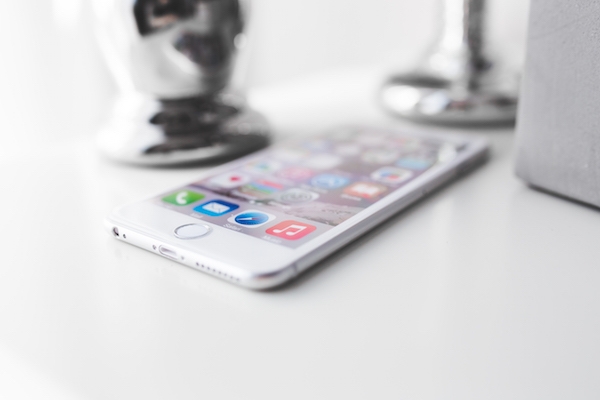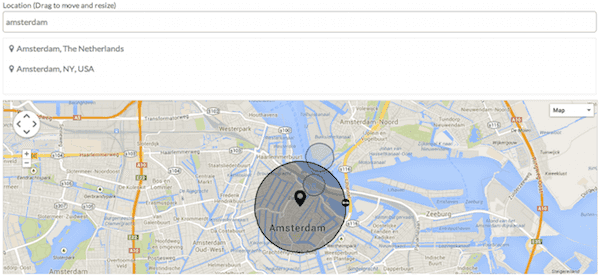What is Geofencing? And How it Leads to Higher ROI

Highly targeted notifications return higher engagement

Plain and Simple.
What is a geofence?
A geofence is a virtual area you set around a city, a neighbourhood, or any specific region. A geofence can cover an area as small as 100 meters.

What is geofencing?
Geofencing is the act of reaching out to your customers with contextual notifications right to their smartphones based on their interaction with your previously set geofences. An interaction could mean entering, exiting or even being within a geofenced area for X period of time.
That’s it. I hope it got your creative juices flowing.
Needless to say, geofencing opens up a wide range of opportunities for marketers in various industries to completely revolutionize the way they interact with customers through unique mobile marketing campaigns.
There are tons of examples of great geofencing campaigns around the web. This article by Ben Davis outlines 8 of them. Good inspiration.
The 3 steps to permission
If you’re just being introduced to the concept of geofencing now, it’s important to clarify that one must take these 3 steps before it can be targeted by any geofencing campaign:
- Install brand’s app on personal device
- Opt-in to allow app to track location
- Opt-in for push notifications
According to 2015 Mobile Engagement Industry Benchmark, in average 43% of app installs check all 3 boxes.
That should tell you one very important thing:
Expect your best customers, your biggest fans, to be a part of this program.
The intrusive VS delightful dilemma
To quote spider-man: “with great power comes great responsibility”. Just because you are, literally, in your customers pockets, doesn’t mean you should be disrupting their routines with shameless promotional messages. But then again, I believe that’s a given to any marketer smart enough to find this article :)
Good push is all about timing and relevancy. James loves beer. James doesn’t want to hear about free Coronas Monday morning on the way to work. That might even change his opinion on Corona. But on a sunny Friday evening, as he walks by his favourite pub, knowing they’re on special would be a great way to kick-off the weekend.
When done right, geofencing campaigns generate impressive results. Take the Dutch Red Cross for example. In a recent case study they shared that by sending out one of their surveys in a push notification, they were able to get 10,000 people to fill it in which accounts for a 10% response rate. According to Van Oosten, marketer at Red Cross- “that’s a huge result”.
Geofencing not only generates
higher engagement but also builds loyalty.
It’s easy to get caught up on the fact that contextual, highly targeted notifications return higher engagement. That on it’s own is enough reason to say geofences are revolutionizing brand-to-consumer interactions, but let’s not overlook what’s arguably an even bigger benefit:
Word-of-mouth. Because happy customers talk.
At the very end of the new customer journey cycle there is advocacy. If brands can get personal with tailored customer communication, loyalty turns into advocacy.

Advocacy creates word-of-mouth which translates into brand awareness. Advocates are more likely to give you a referral. Referrals equals shorter sales cycles which equals higher ROI.
Your best salesperson are your top customers. Leverage them.
At the core of your geo-fencing campaigns, you can expect to find your biggest fans. Treat them well and you’ll reap the benefits.
We’re still just scratching the surface on what’s possible with geofences. New ideas are constantly being brought to the table and everyday, myself and the team at Notificare are dreaming up a world where brands and consumers are brought closer together by common interest. I honestly can’t wait to see what comes next. It’s an exciting time for the mobile industry.
